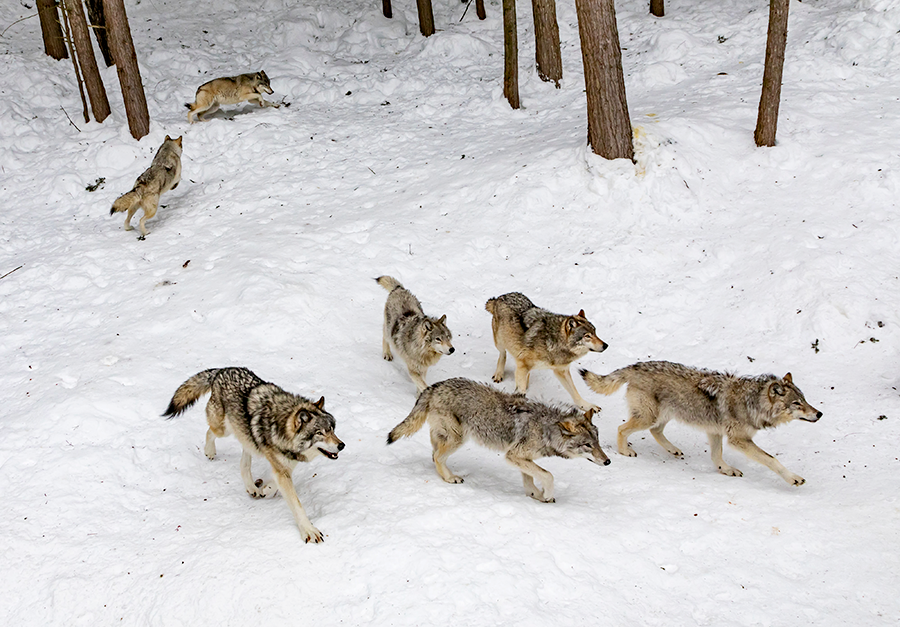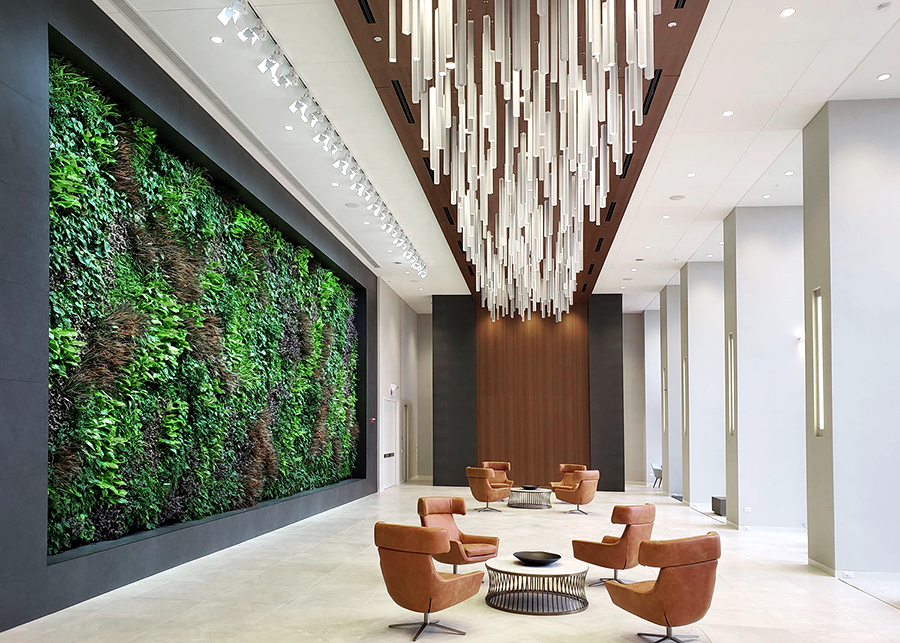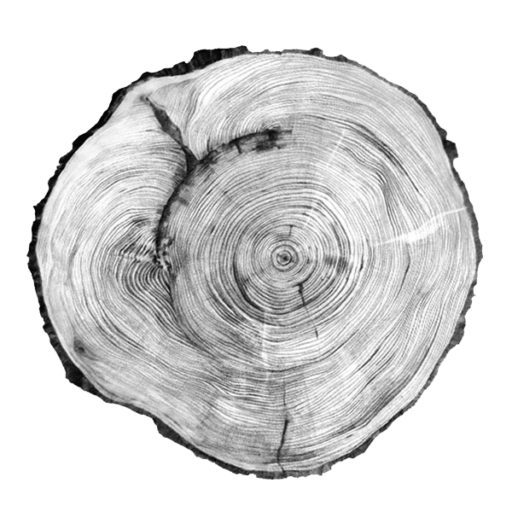What is Rewilding?

Photo by Adrien King via Unsplash.
The ecological crisis that is weighing on us is a devastating consequence of modern-day’s dissociation from the natural world. By following the concepts of rewilding, we can site ourselves as part of a large complex natural ecosystem. It’s an ecological idea that revives the wilderness along with our own wild nature so all species can thrive.
Rewilding in Environmentalism
Rewilding in environmentalism is a progressive approach to conservation. It’s a concept that gives the land back to nature. This approach has the power to heal ecosystems, mitigate climate change, and allows nature to self-sustain and thrive. Species are protected from extinction, habitats become more biodiverse, and natural processes are reinstated.
Trophic Rewilding
Trophic rewilding is an ecological restoration strategy that introduces species to restore top-down interactions that promote self-regulating biodiverse ecosystems.
When Yellowstone re-introduced the wolf a domino effect of positive ecological events occurred. Wolves had roamed all over North America in abundant populations for hundreds of thousands of years, but in the 1870s onward they began to be hunted. By 1926 the last wolfpack was killed at Yellowstone to comply with the policy to eliminate predators. Over time, Yellowstone’s ecosystem fell out of balance. The elk population erupted and overgrazed vital tree species like willows and aspens. The loss of trees resulted in dam and riverbank erosion along with population decline in animal species like songbirds and beavers who relied on the trees for their homes.

Pack of Wolves // Photo sourced from Unsplash.
In an imperative attempt to save the National Park, 31 wolves were relocated from Canada to Yellowstone in 1995 and 1996. Scientists were in awe just how quickly their predictions of transformation transpired. Coyotes, who once ran rampant, declined in population along with the elk who were now living in a predator rich environment. Within two decades the willow and aspen trees rebounded bringing back other animal species that once flourished. The reintroduction of wolves into Yellowstone resulted in a trophic cascade throughout the entire ecosystem. This event has become celebrated as one of the greatest stories of rewilding.
Biophilic Design
Even urban areas can rewild. Biophilic Design is a concept that advocates intermixing natural and human-made elements in a built environment to contribute to the health and productivity of the people within. Natural light and airflow, plants, water, living walls and roofs are all features of biophilic design.

Biophilic Design // Photo sourced from Business of Home.
Biophilic design has many benefits other than beautiful aesthetics. Air pollution is exacerbated by the burning of fossil fuels in industrilized cities. The World Health Organization reported 7 million people die each year from the effects of air pollution, the greatest environmental hazard to human health. Biophilic design has the potential to mitigate health hazards associated with air pollution by improving the air quality.
Rewilding creates opportunities for resilient new nature-based economies.
Rewild University
Cities are also associated with higher rates of most mental health problems. People are at higher risk of depression, anxiety, schizophrenia, loneliness, and stress. Studies have shown interacting with nature has cognitive benefits and contributes to one’s overall wellbeing.
This brings me to…
Human Rewilding
Human rewilding is looking to the natural world and establishing ways of living that are more in tune with our human biology. It’s viewing the traditions of our ancestors as the foundation of health and wellbeing, and finding ways to incorporate them into our present-day lives.
There are scientific studies that have proven the physical, emotional, and mental health benefits of exposure to nature. One hypothesis argues this is because our ancestors evolved in the wild and relied on it to survive, therefore we have an innate desire to connect to nature. Another hypothesis suggests that nature replenishes our cognitive resources which restores our attentiveness and ability to concentrate. Different reasoning proposes that spending time in nature stimulates a physiological response that lowers stress levels.

Earthing // Photo sourced from Unsplash.
There are many ways to practice human rewilding:
- Perform daily rituals (like yoga + meditation).
- Forest bathe, also known as Shirin-yoku.
- Move your body.
- Plant a garden.
- Eat seasonally and locally.
- Learn bushcraft and ancestral skills.
- Celebrate seasonal shifts.
- Practice grounding, also known as earthing.
- Ice bathe (or just go for a swim).
- Cook open flame.
Even the simplest of tasks like building a fire with our hands to provide warmth can remind us of the relationship between nature and self. A relationship that was once more intimate. A relationship that once celebrated ingenuity and capability that is so easily taken for granted in our modern world. ☾
↟↟↟
SOURCES
• Defining Rewilding | Rewilding Britain
• Nutured by Nature | American Psychological Association
• Air Pollution | The World Health Organization
• Wolf Reintroduction Changes Ecosystem in Yellowstone | Yellowstone
• Rewild University






0 Comments